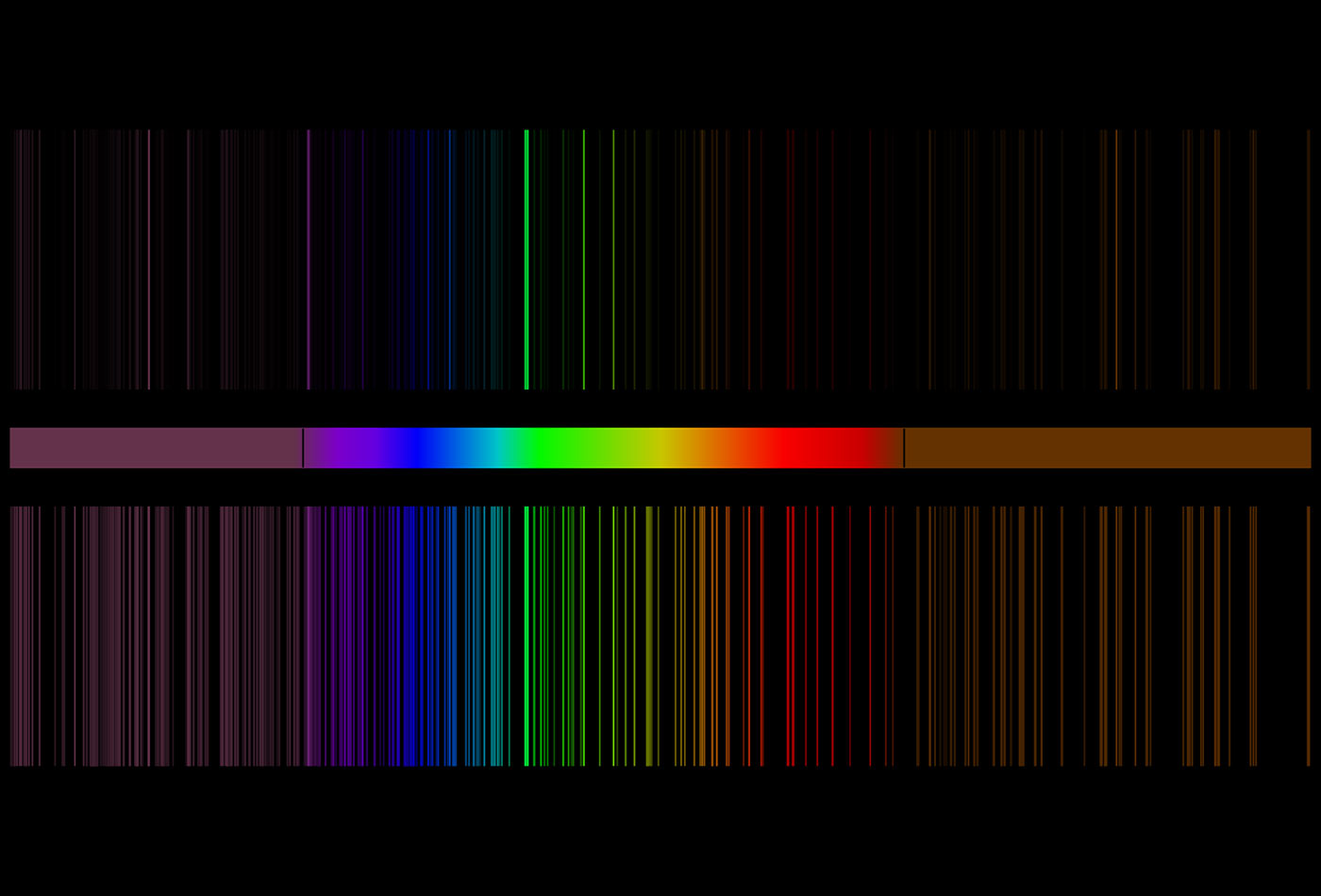Personalization’s big question: Why am I seeing this?
Sara M. Watson from Digital Asia Hub discusses the state of personalization and how it can become more useful for consumers.
 A diagram of the emission spectrum of magnesium. (source: Christopher Thomas on Wikimedia Commons)
A diagram of the emission spectrum of magnesium. (source: Christopher Thomas on Wikimedia Commons)
For more on personalization, check out these sessions from recent Strata + Hadoop World conferences: The Personalization Spectrum, by Sara M. Watson; Data Science at eHarmony: A Generalized Framework for Personalization, by Jonathan Morra; and Augmenting Machine Learning with Human Computation for Better Personalization, by Eric Colson.
I recently sat down with Sara M. Watson, technology critic and writer in residence at Digital Asia Hub. We discussed:
What is the personalization spectrum and why do we need it? (00:09)
“Most consumers don’t even know if an experience is personalized,” Watson says. (00:42)
Online personalization is still in its infancy. It’s largely happening to people instead of for people. (02:22)
Language matters. “Targeting,” “user,” and other personalization terms “shape what it is you think you’re doing,” Watson says. (03:53)
What does ideal personalization look like? It starts with relevance, meaning, and empowerment. (08:08)
Spotify’s Discover Weekly recommendation engine is a good example of useful personalization. (08:53)
We need tools that let us tweak personalization to suit our needs. (10:39)
The people and projects she’s following. (16:20)
Note: This interview was conducted in September 2016.
